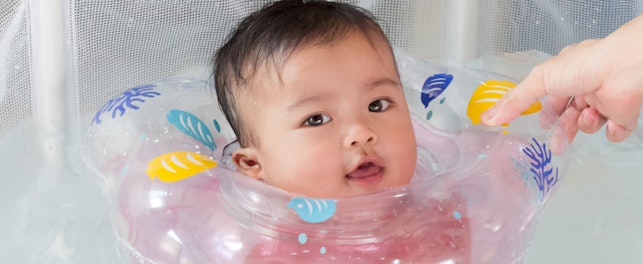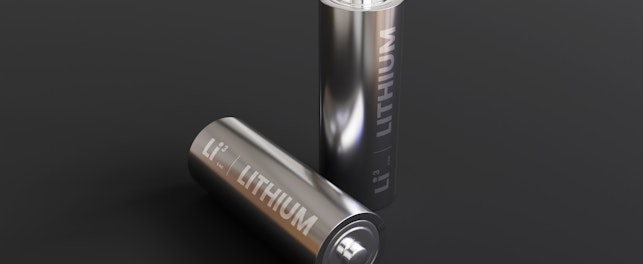California passes SB 343 prohibiting untruthful, deceptive, or misleading claims related to the recyclability of a product or its packaging.
On October 5, 2021, California’s Governor Newsom signed Senate Bill 343 (Truth in Labeling for Recyclable Materials) prohibiting a person from offering for sale, selling, distributing or importing into the state of California any product or packaging with recyclability claims unless they are truthful in practice and accurate.
A product or packaging that displays a chasing arrows symbol, or any other symbol or statement indicating the product or packaging is recyclable, is deemed to be a deceptive or misleading claim unless the product or packaging meets the criteria for statewide recyclability and is of a material type and form that routinely becomes feedstock used in the production of new products or packaging.
On or before January 1, 2024, the bill requires the Department of Resources Recycling and Recovery (CalRecycle) to do the following to be able to provide information to the public for evaluating whether a product or packaging is recyclable in the state according to the set criteria and are of material types and forms that routinely becomes feedstock used in the production of new products or packaging:
- Update the regulations promulgated pursuant to Section 41821.5 to require disposal facility operators to submit information to the department regarding how material collected or processed by the operations and facilities was collected and what material types and forms are actively recovered, and not considered contaminants, by the operation or facility
- Conduct and publish on its internet website a characterization study of material types and forms that are collected, sorted, sold, or transferred by solid waste facilities and deemed appropriate by the department for inclusion in the study. This shall be updated every five years, with the first update being issued by the department in 2027
Manufacturers will have 18 months, or until January 1, 2024, whichever is later, after the date the department publishes the material characterization study to ensure that no recyclability claims are deceptive or misleading.
Based on the information published by the department, a product or packaging is considered recyclable in the state if the product or packaging is of a material type and form that meets both of the following requirements:
- The material type and form is collected for recycling by recycling programs for jurisdictions that collectively encompass at least 60% of the population of the state
- The material type and form is sorted into defined streams for recycling processes by large volume transfer or processing facilities, as defined in regulations adopted pursuant to Section 43020, that process materials and collectively serve at least 60% of recycling programs state-wide, with the defined streams sent to and reclaimed at a reclaiming facility consistent with the requirements of the Basel Convention
A product or packaging shall not be considered recyclable in California unless the product or packaging meets all of the following criteria, as applicable:
- The product or packaging does not include any components, inks, adhesives, or labels that prevent the recyclability of the product or packaging
- The product or packaging does not contain an intentionally added chemical identified pursuant to the regulations implementing subparagraph (4) of subdivision (g) of Section 42370.2
- The product or packaging is not made from plastic or fiber that contains perfluoroalkyl, polyfluoroalkyl substances or PFAS that meet either of the following criteria:
- PFAS that a manufacturer has intentionally added to a product or packaging and that have a functional or technical effect in the product or packaging, including PFAS components of intentionally added chemicals and PFAS that are intentional breakdown products of an added chemical that also have a functional or technical effect in the product
- The presence of PFAS in a product or product component or packaging or packaging component at or above 100 ppm, as measured in total organic fluorine
Notwithstanding above requirements, a product or packaging is recyclable in California if:
- The product or packaging has a demonstrated recycling rate of at least 75%, meaning that not less than 75% of the product or packaging sorted and aggregated in the state is reprocessed into new products or packaging
- Before January 1, 2030, a product or packaging not collected pursuant to a curbside collection program if at least 60% of the product or packaging is recovered and the material has sufficient commercial value to be marketed for recycling and be transported at the end of its useful life to a transfer, processing, or recycling facility to be sorted and aggregated into defined streams by material type and form. After January 1, 2030, the recovered percentage will increase to 75%
- The product or packaging is part of, and in compliance with, a program established on or after January 1, 2022, governing the recyclability or disposal of that product or packaging if the director determines that the product or packaging will not increase contamination of curbside recycling or deceive consumers
Reference
SGS is committed to providing information about development in regulations for consumer products as complimentary services. Through a global network of laboratories, SGS provides a wide range of services including physical/mechanical testing, analytical testing and consultancy work for technical and non-technical parameters applicable to a comprehensive range of consumer products. In the end, it’s only trusted because it’s tested. Contact us for more information or visit our website.
For inquiries, please contact:
Dennis Lancion
Technical Manager - Hardlines
t: +1 (905) 364 3757
Michael S. Richardson
Sustainability Manager
t: +973 289 9862
© SGS Group Management SA - 2021 - All rights reserved - SGS is a registered trademark of SGS Group Management SA. This is a publication of SGS, except for 3rd parties’ contents submitted or licensed for use by SGS. SGS neither endorses nor disapproves said 3rd parties contents. This publication is intended to provide technical information and shall not be considered an exhaustive treatment of any subject treated. It is strictly educational and does not replace any legal requirements or applicable regulations. It is not intended to constitute consulting or professional advice. The information contained herein is provided “as is” and SGS does not warrant that it will be error-free or will meet any particular criteria of performance or quality. Do not quote or refer any information herein without SGS’s prior written consent.



